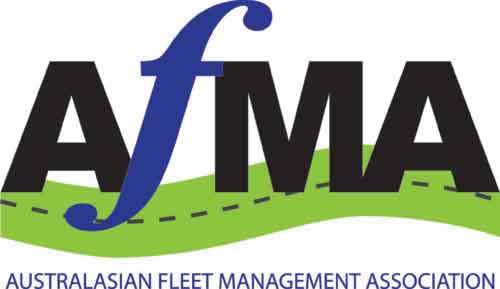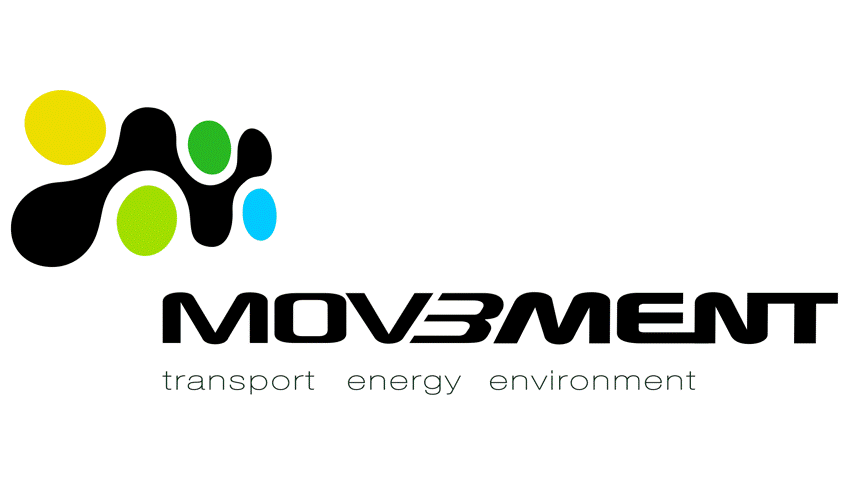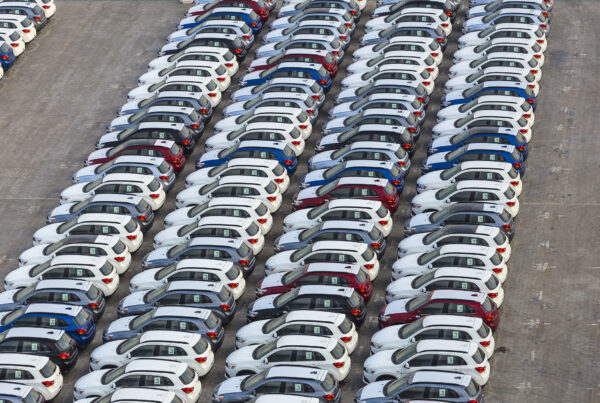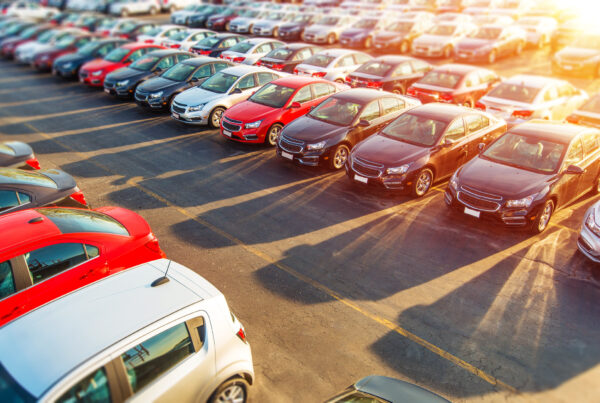Diesel engines continue to power fleets of heavy commercial vehicles, utes and SUVs but for how much longer?
For decades diesel engines have boasted more power, longer service life and less maintenance needs making them a popular option for Australian drivers.
However, amidst a world of vehicle electrification and emission conscious practices it is prudent to consider the future of diesel engines on Australian roads.
According to the Australian Bureau of Statistics diesel vehicles currently make up 26.4% of the national fleet, up from 20.9% in 2016. Despite the increase of diesel engines over the years, climate discussions and net-zero commitments suggest a possible change on the horizon.
A Grattan Institute Report explains that annual transport emissions grew from 82 million tonnes in 2005 to 101 million tonnes in 2019, placing an urgency on controlling and minimising the extreme impacts of transport.
“Australia needs a national fleet emissions standard for new passenger and light commercial vehicles, and the standard should tighten to zero emissions by 2035. This would signal an end date for the sale of new petrol and diesel light vehicles, consistent with other major economies,” the report states.
Whilst environmental consciousness and government emission goals may influence fleets in phasing out diesel engines, another major factor is the rising cost of diesel per litre. As fuel prices continue to rise, as do the costs of running the vehicles which require it.


















